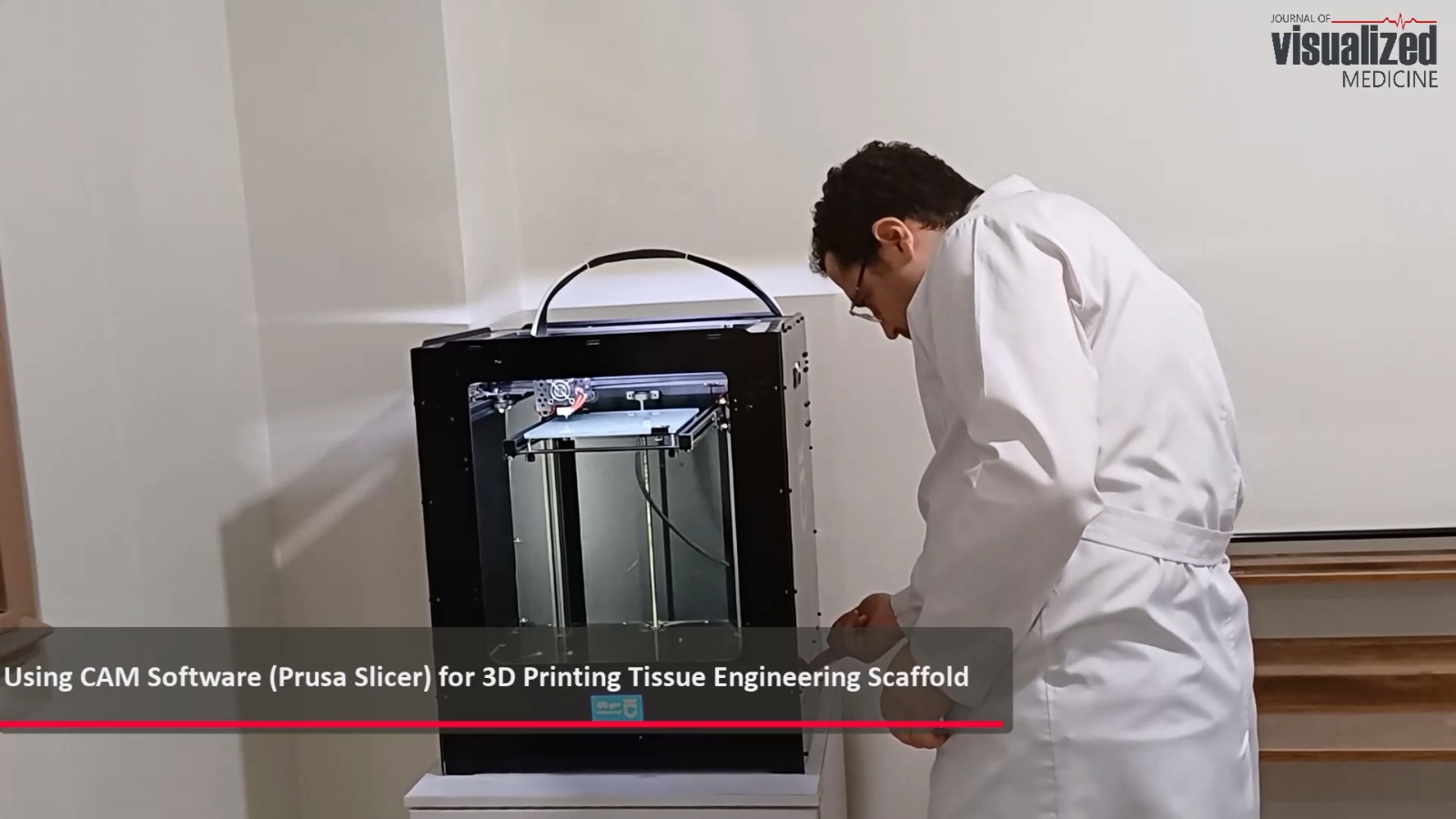Design and Fabricating of Structured Tissue Engineering Scaffolds With Different Porosity Architecture
Keywords:
3D Printing, Tissue Engineering, Porosity, ScaffoldAbstract
Scaffold design is a critical aspect of tissue engineering, as it directly influences the success of regenerative therapies. This article focuses on the scaffold geometry and porosity architecture design, and its impact on tissue regeneration, highlighting the significant advancements achieved through the integration of Computer-Aided Design/Computer-Aided Manufacturing (CAD/CAM), and 3D printing. CAD/CAM software facilitate precise scaffold design, allowing control over geometry and pore size distribution. By closely mimicking the natural extracellular matrix (ECM), these scaffolds create an ideal microenvironment for cellular adhesion, proliferation, and tissue formation. The integration of 3D printing technology enables the fabrication of complex structures layer-by-layer, ensuring high accuracy and reproducibility. The resulting scaffolds exhibit well-defined microarchitecture and porosity. In conclusion, scaffold design plays a pivotal role in tissue engineering success. CAD/CAM, and 3D printing techniques hold great promise in advancing regenerative medicine, offering personalized therapeutic solutions and transformative advancements in tissue engineering and regenerative medicine applications.
